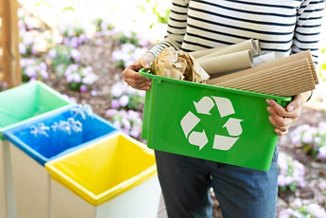Creating Water from Thin Air
Following up on the theme of our last two blog posts about using new technologies to solve some of our most vexing environmental problems, we will now explore the problem of the worldwide shortage of drinking water. How much of the world’s water supply do you think is actually safe to drink? The answer is shocking – only about 1% of the earth’s water is drinkable.
Even though 71% of the world is covered with water, almost 97% of it is salt water which is undrinkable unless treated. Of the remaining 3% of the earth’s water, about 2% is in glaciers or otherwise unattainable and unavailable for use. This leaves us with only 1%, which is found mostly in fresh ground water, to supply the entire global population with potable or drinkable water.
This means that a very large number of people in developing countries do not have access to a reliable source of clean water for drinking or food preparation. Water contaminated with toxins or diseases kill 3.4 million people each year, according to the World Health Organization. This is a huge environmental problem looking for a solution.
And now, there may be some new technologies that can help this situation. An Israeli company called Water-Gen has developed two technologies that may help bring clean water to some desperate areas. One is an atmospheric water generator and the other is a portable water purification system.
The first product is similar to an air dehumidifier or air conditioner where water is extracted from the air. Obviously this has been done before, but their machine cleans and purifies the air and stores it in an internal container Plus it is much more energy efficient than previous technologies, says the company. It can produce 65-210 gallons of clean water a day at a cost of less than eight cents per gallon.
The other product is a battery-operated device that can fit in a back-pack and filter 48 gallons of dirty or contaminated water. Because it is portable, you could take this device to a disaster area and quickly provide treated, drinkable water in the absence of any other source. This is exactly what the Israeli Defense Force did in the Philippines, when they came to assist the population after Typhoon Haiyan in 2013.
While these two products may not end the water crisis, they can help. They will surely be followed by other technologies, methods, and ideas to help solve this problem. In the US, we take for granted that fresh water will always be available from the tap, but the drought conditions over many parts of the country may change that. Many countries struggle with this problem every day and have to carry or bring water from place to place.
We have the technology within our grasp to solve many of the world’s environmental problems. We need to start now and begin to heal our planet. Are you ready to help?



